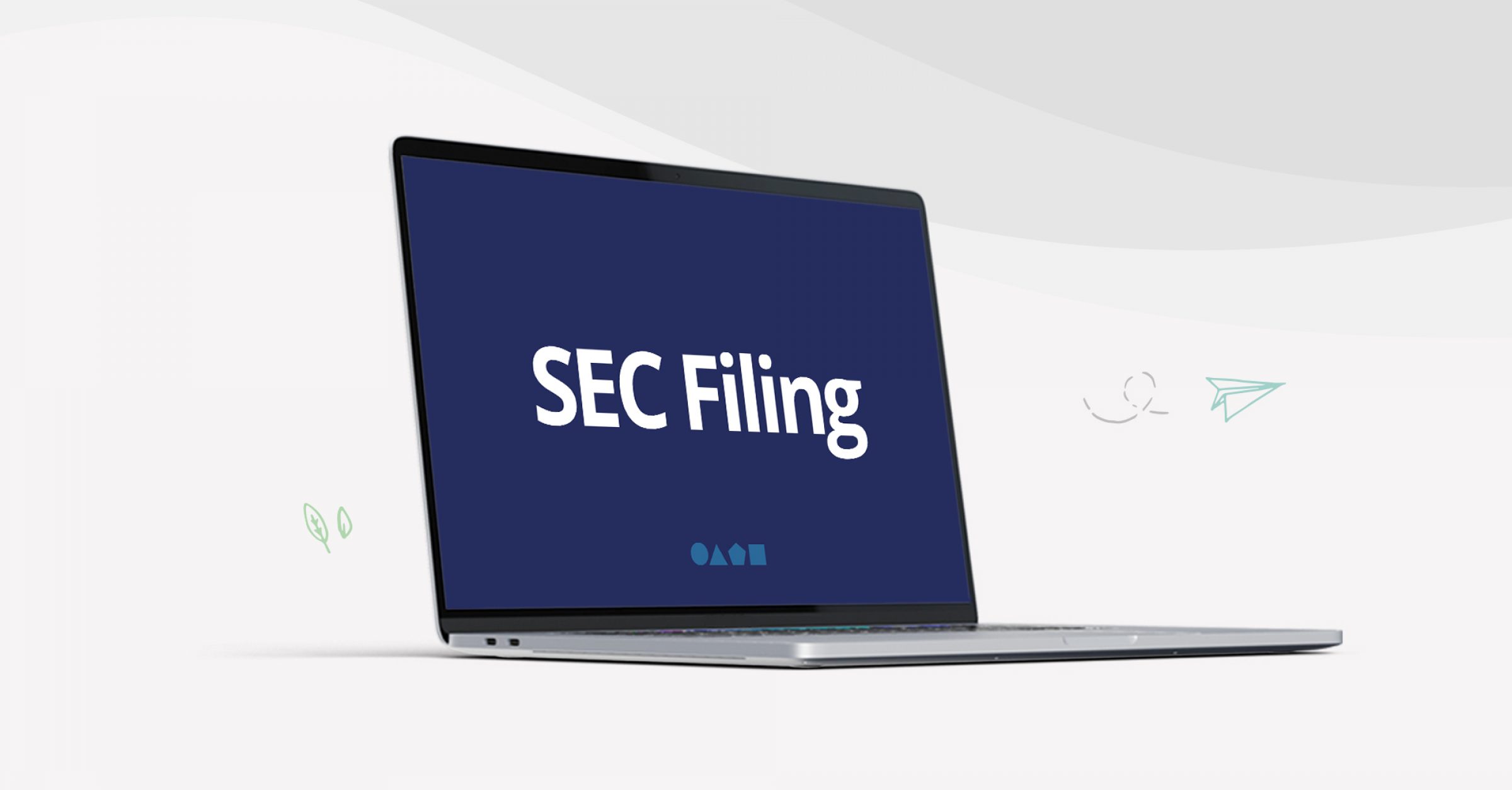The road to IPO can be a long and winding journey, with a lengthy list of events and requirements needing to be addressed on the way.
Among the key landmarks that companies must negotiate successfully at key junctures in the weeks and months prior to flotation day will be:
The importance of these four tasks cannot be overstated. It is vital that any company on its way to becoming publicly traded puts in the necessary time, thought, resources, and attention to detail into each job.
Any sloppiness or oversights can, depending upon the task, either undermine your prospects of a successful IPO or leave you liable for legal action. In other words, the stakes are high, and any short-cuts or cutting of corners could ultimately blow up in your face.
So, if you didn’t already know, the penny should be dropping by now: you must do all that you can to ensure that these tasks are performed to the best ability off all involved. Doing so won’t guarantee a successful flotation, but falling short will go some way towards ensuring the opposite outcome, i.e., the IPO failing to meet your expectations.
With that in mind, let’s take a closer look at each of the four tasks.
Choose an underwriter
Choosing an underwriter to partner with is one of the first things you will do on your IPO journey, and also one of the most important. The underwriter (in practice, usually an investment bank) essentially acts as an intermediary between the company and the investor community, and also brings their experience and know-how to bear in guiding you through every step of the process. Viewed against that backdrop, it should be clear that securing the services of the “right” underwriter for you and your business circumstances can prove to be the difference between achieving your IPO goals and falling short.
That being the case, companies need to carefully scrutinize potential partners to find the very best fit possible for them. Among the points that companies tend to place most weight on when assessing underwriters are:
- Do they understand the sector in which the company operates, e.g., is there a dedicated team focused on your industry?
- What is their past record on assisting companies through the IPO process, e.g., how many IPOs have they worked on in your industry in recent years and how successful were those flotations?
- Will they be able to give you the time and attention you want, e.g., will a particular underwriter be handling other IPOs at the same time as yours?
- Will you able to rely on them for post-IPO support, e.g., will they provide support in the event of difficulties post-flotation?
- Can you envisage developing a positive working relationship, e.g., are you likely to have chemistry with relevant bank personnel on a personal level?
The answers to these questions (and many others) will help to clarify for you which bank is likely to be the best fit to act as the underwriter or lead underwriter leading a wider syndicate dedicated to the mission of giving your IPO the best chance of success.
Conduct due diligence
Once your underwriter is in place, one of their initial tasks will be – in conjunction with the relevant company personnel – to perform due diligence on every aspect of the business, with a view towards creating a full picture and identifying any potential areas of risk prior to putting feelers out to the investment community.
In simple terms, performing due diligence means taking a deep dive into the workings of the company, with a major emphasis on financial affairs and all other relevant matters, and with a view towards reassuring investors that the company looking to go public is well run and takes all its responsibilities seriously.
Among the areas that receive attention are:
- The company’s organizational structure, e.g., scrutinizing documentation on shareholders and committees, how many shares each individual shareholder owns, annual business reports, and articles of incorporation.
- Licensing and taxes, e.g., underwriters may request detailed information on annual tax returns, employment tax filings, any business licenses issued by the company, and any government licenses held by the company.
- Board of directors, management, and employees, e.g., the company may be asked to provide a list of all employees, information on positions and salaries, details on benefits and bonuses, senior personnel resumes, and copies of employee audits.
- Financial details, e.g., reviewing financial statement records, copies of financial analyst reports, and the company’s accounting and amortization methods.
Due diligence efforts will also include seeking out information on other areas, e.g., how the company interacts with its customers and its property holdings. Once the process has been completed, this clears the path for the next steps in the IPO journey.

Submit IPO regulatory filings
Post-due diligence, the underwriter will work with you and your people to assemble all information required for IPO documentation.
Among the key documents are:
- Letter of Intent: This letter is drafted and agreed upon between the issuing company and the underwriter, and details the shared understanding on the deal being proposed. The Letter of Intent typically covers several points on the relationship, e.g., a formal commitment from the underwriter to enter into an underwriting agreement with the company, a pledge from the company to disclose all relevant information, a ballpark estimate on the likely size of the transaction, and details on the overallotment option (giving the underwriter the ability to sell more stock than originally agreed, usually set at 15%).
- Red Herring: The Red Herring Prospectus is a preliminary version of the S-1 Registration Statement. The Red Herring contains most of the information that will be in the final S-1 paperwork, minus crucial details such as the issue price and amount of stock to be sold. When this preliminary document is submitted to the SEC, they conduct their own version of due diligence, to confirm the accuracy of the information presented it. This is referred to as a “cooling off period.” During this window, the company and the underwriter will take the information submitted as the basis for the Red Herring and use it as part of the marketing process, as you attempt to generate enthusiasm among the investor community for what is being proposed. How those efforts play out will in large part drive the final decision on issue price and the amount of the stock earmarked for sale. Once that point is reached, you are ready to file the complete S-1 with the SEC.
- S-1 paperwork for SEC: Form S-1 Registration Statement Under the Securities Act of 1933 is the mechanism through which a private company formally applies to become a publicly traded business. It is made up of two parts, one focusing on the IPO prospectus and the other dealing with whatever additional information is deemed relevant, with the completed document to be filed with the SEC. Among the details in this statement will be the company’s business plan, points on the competitive landscape, financial statements, executive compensation, background information on management, what will be done with capital raised, and what risk factors may be present. As well as that, the SEC also requires details on the issue price, the number of shares set to be sold, and how much is being sold by individual stockholders.
Go on IPO roadshow
The IPO roadshow will be one of the key elements of your marketing strategy. It happens quite late in the process, at the point when the SEC is performing due diligence on the preliminary S-1 submission, as detailed above. The feedback received from the investor community on the roadshow will go a long way towards gauging interest in the flotation and therefore is crucial in terms of settling on the issue price and amount of stock to be made available.
The underwriter will lead the way in terms of planning the roadshow. They will look to bring what amounts to a travelling IPO sales pitch to various investor audiences, typically banks, investment funds, and high net worth individual investors. Arising from the roadshow presentations, the underwriter will gauge interest and “book build” a list of interested parties keen on buying stock.
Most commonly, a roadshow agenda will include:
- An introduction from the underwriter
- Presentations from senior company personnel – e.g., CEO, CFO, and others – covering the details of the offer, company products and services, history and future plans, financial performance, and industry landscape
- Q&A session
While virtual roadshows have become more popular since the pandemic, face-to-face roadshows remain an integral part of the process and can see the underwriter and company personnel touring big cities for several days or even weeks, depending upon the expected size of the transaction.
By the time the roadshow has concluded, the underwriter will be in a position to make an informed recommendation on the offer price and on how much stock should be made available for sale. This, in turn, will allow you to revisit and finalize the S-1 Registration Statement. After that? Well, at that point, you are ready to go and will be counting down to flotation day!
The IPO process is by its nature time-consuming and demanding. The “to do” list at the outset will be lengthy, but it must be worked through, patiently and with due care. No matter what point you are at in the process, we are available to offer assistance. Contact Global Shares today to speak to our experienced personnel on all matters IPO-related.
Please Note: This publication contains general information only and J.P. Morgan Workplace Solutions is not, through this article, issuing any advice, be it legal, financial, tax-related, business-related, professional or other. J.P. Morgan Workplace Solutions’ Insights is not a substitute for professional advice and should not be used as such. J.P. Morgan Workplace Solutions does not assume any liability for reliance on the information provided herein.



